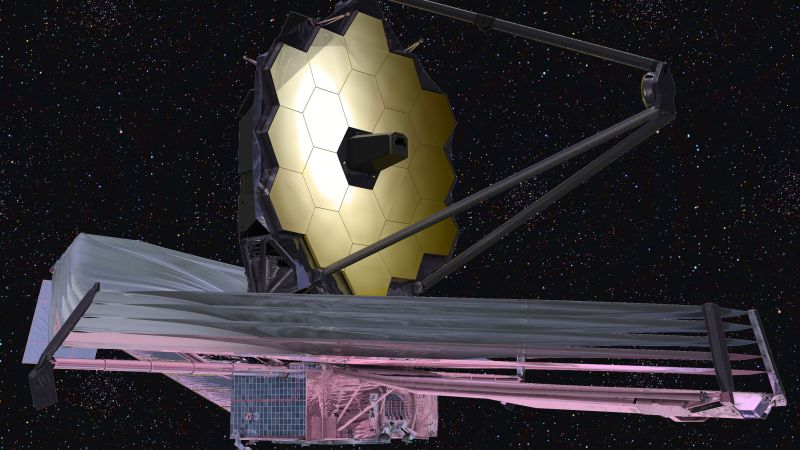Back during the 2019 Superconference in Pasadena, I had the chance to go to Northrop Grumman’s Redondo Beach campus to get a look at the James Webb Space Telescope. There is the high-bay class 10,000+ cleanroom in building M8, my wife and I along with fellow space nerd Tom Nardi got a chance to look upon what is likely the most expensive single object ever made. The $10 billion dollar space observatory was undergoing what we thought were its final tests before being packaged up and sent on its way to its forever home at the L2 Lagrange point.
Sadly, thanks to technical difficulties and the COVID-19 pandemic, it would be another two years before JWST was actually ready to ship — not a new story for the project, Mike Szczys toured the same facility back in 2015. But the good news is that it finally has shipped, taking the very, very slow first steps on its journey to space.
Both the terrestrial leg of the trip and the trip through 1.5 million kilometers of space are fraught with peril, of a different kind, of course, but still with plenty of chances for mission-impacting events. Here’s a look at what the priceless and long-awaited observatory will face along the way, and how its minders will endure the “30 days of terror” that lie ahead.
Land, Sea, and Air
It may seem self-obvious, but the James Webb Space Telescope is big. Pictures do a poor job of capturing the scale of the thing, and even when they show people working on it, it does little to compare to the experience of standing there looking at the thing. The JWST is large in a way that no other object I’ve been near has felt. It towers over you, an ungainly thing even in the semi-folded state we saw it in. And looking at the size and complexity of the structure, and especially its apparent fragility, anyone with any engineering curiosity is left wondering how the heck they’re going to manage to safely move that thing.
A full scale model of the James Webb Space Telescope
” data-medium-file=”https://hackaday.com/wp-content/uploads/2015/04/jwst-full-scale-model-stock-image.jpg?w=400″ data-large-file=”https://hackaday.com/wp-content/uploads/2015/04/jwst-full-scale-model-stock-image.jpg?w=800″ loading=”lazy” src=”https://hackaday.com/wp-content/uploads/2015/04/jwst-full-scale-model-stock-image.jpg?w=400″ alt=”James Webb Space Telescope (JWST)” width=”400″ height=”267″ srcset=”https://hackaday.com/wp-content/uploads/2015/04/jwst-full-scale-model-stock-image.jpg 2304w, https://hackaday.com/wp-content/uploads/2015/04/jwst-full-scale-model-stock-image.jpg?resize=250,167 250w, https://hackaday.com/wp-content/uploads/2015/04/jwst-full-scale-model-stock-image.jpg?resize=400,267 400w, https://hackaday.com/wp-content/uploads/2015/04/jwst-full-scale-model-stock-image.jpg?resize=800,533 800w, https://hackaday.com/wp-content/uploads/2015/04/jwst-full-scale-model-stock-image.jpg?resize=1536,1024 1536w, https://hackaday.com/wp-content/uploads/2015/04/jwst-full-scale-model-stock-image.jpg?resize=2048,1365 2048w” sizes=”(max-width: 400px) 100vw, 400px”>
Of course, JWST is designed to be moved, and to fit inside the 5.4-meter fairing of the Ariane rocket that will take it to orbit. But before it gets integrated onto its rocket, the telescope had to be folded into its custom-built shipping container. The Space Telescope Transporter for Air, Road, and Seas (STTARS) is basically a mobile cleanroom designed to hold Webb in the same folded configuration it will be in for its trip to space.
STTARS had been used to transport Webb several times before as it was shuttled around …read more
Source:: Hackaday

